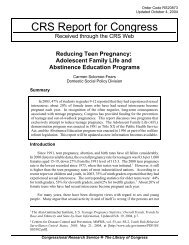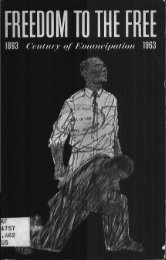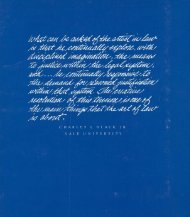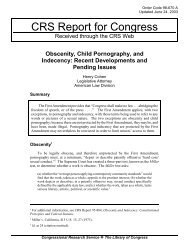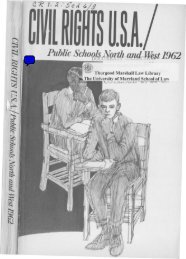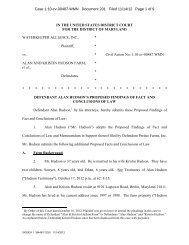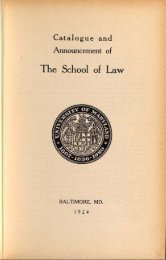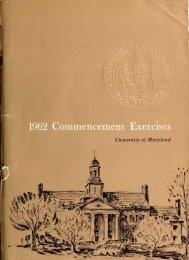journal - University of Maryland School of Law
journal - University of Maryland School of Law
journal - University of Maryland School of Law
You also want an ePaper? Increase the reach of your titles
YUMPU automatically turns print PDFs into web optimized ePapers that Google loves.
32 MD. JOURNAL OF INTERNATIONAL LAW & TRADE [Vol. 14<br />
by fraud, especially when the consumers are intentionally left ignorant<br />
<strong>of</strong> the true source and circumstances <strong>of</strong> the importation.<br />
In the case <strong>of</strong> William R. Warner & Co. v. Eli Lilly & Co., 2 the<br />
Supreme Court found unfair competition in a set <strong>of</strong> facts very likely to<br />
occur in the gray market context. The plaintiff was a manufacturer <strong>of</strong><br />
a liquid preparation <strong>of</strong> quinine which was mixed with chocolate in order<br />
to create a distinctive color and flavor." An affiliate <strong>of</strong> the defendant<br />
began manufacturing a similar product 4 and Lilly not only sold it<br />
at a lower price but "induc[ed] the purchasing druggist in his own interest<br />
to substitute, as well as he could, the [cheaper imitation] for the<br />
[more expensive original]. In other words, [the defendant] sought to<br />
avail itself <strong>of</strong> the favorable repute which had been established for [the<br />
plaintiff's] preparation in order to sell its own." 75<br />
The Court held that there was no deception, and therefore no unfair<br />
competition with regard to the sales to the druggists because the<br />
sales involved clearly distinguishing labels . 7 The sales to the actual<br />
consumers, however, usually did involve fraud, and the Court held the<br />
defendant liable for the palming <strong>of</strong>f, even though it only sold directly to<br />
the druggists. 7 7 "That no deception was practiced [by defendant] on<br />
the retail dealers, and that they knew exactly what they were getting is<br />
<strong>of</strong> no consequence. The wrong was in designedly enabling the dealers to<br />
' '7<br />
palm <strong>of</strong>f the preparation as that <strong>of</strong> the [plaintiff]. " This theory <strong>of</strong><br />
liability may be <strong>of</strong> use against an importer <strong>of</strong> gray goods who sells to a<br />
retailer, with the retailer subsequently palming <strong>of</strong>f the goods as originally<br />
coming from the United States trademark owner. 9<br />
72. 265 U.S. 526 (1924).<br />
73. Id. at 527-529.<br />
74. The actual manufacturer was the Pfeiffer Chemical Company and the Searle<br />
& Hereth Company, both <strong>of</strong> which were commonly controlled with the defendant Eli<br />
Lilly & Company which actually sold the product. Id. at 527.<br />
75. Id. at 529-30.<br />
76. Id.<br />
77. Id.<br />
78. Id. "One who induces another to commit a fraud and furnished the means <strong>of</strong><br />
consummating it is equally guilty and liable for the injury." Id.<br />
79. Another case that may prove to be a useful analogy to the gray market goods<br />
situation is Hanover Milling Co. v. Metcalf, 240 U.S. 403 (1916). The Supreme<br />
Court's analysis may prove significant because Hanover Milling Co. involved a party<br />
who misled consumers with similar packaging to an existing trademark, even though<br />
the party engaging in the deception was using the trademark lawfully. Id. at 424. The<br />
Court found unfair competition, notwithstanding the lack <strong>of</strong> infringing use, based on<br />
the defendant's purpose <strong>of</strong> taking advantage <strong>of</strong> the plaintiff's advertising and reputation.<br />
Id. at 423. A less obvious use <strong>of</strong> the Hanover Milling Co. case may be made by<br />
the gray market importer. Hanover Milling Co. established that common law trade-



